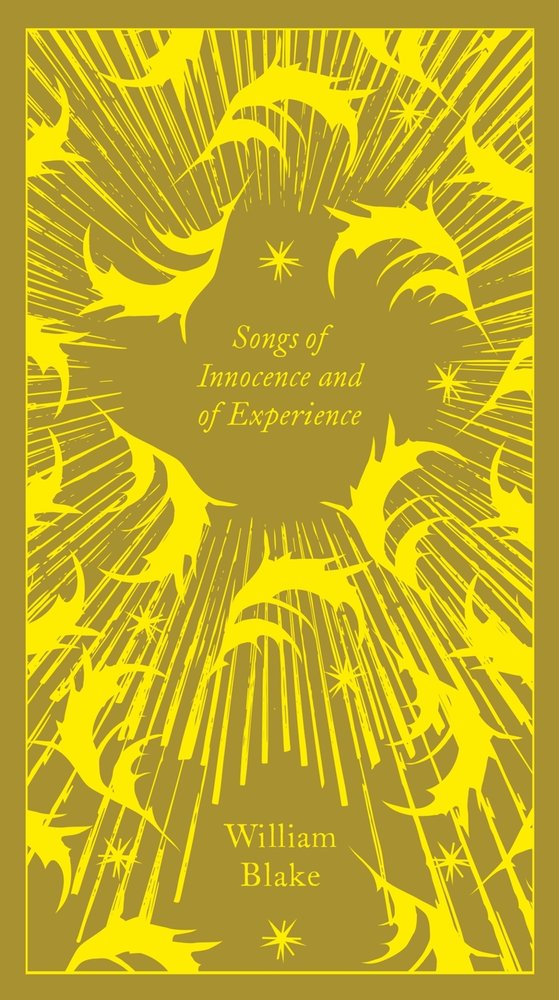A collectible new Penguin Classics series: stunning, clothbound editions of ten favourite poets, which present each poet's most famous book of verse as it was originally published. Designed by the acclaimed Coralie Bickford-Smith and beautifully set, these slim, A format volumes are the ultimate gift editions for poetry lovers.
Songs of Innocence and Experience is an illustrated collection of poems by William Blake, a seminal figure of the Romantic Movement. The volume was published in two parts with Songs of Innocence being published in 1789 and Songs of Experience in 1794. In the volume Blake juxtaposes the innocent world of childhood with the corrupt and repressed one of adults. Many of the poems are in pairs enabling the reader to see the same situation first from the perspective of innocence and then from that of experience. This collection includes some of his greatest poems including 'The Lamb', 'The Chimney Sweeper' and 'The Tyger'.


